Affiliate links on Android Authority may earn us a commission. Learn more.
HUAWEI has less than half a year to overtake Apple, but will it succeed?
Published onJune 29, 2018
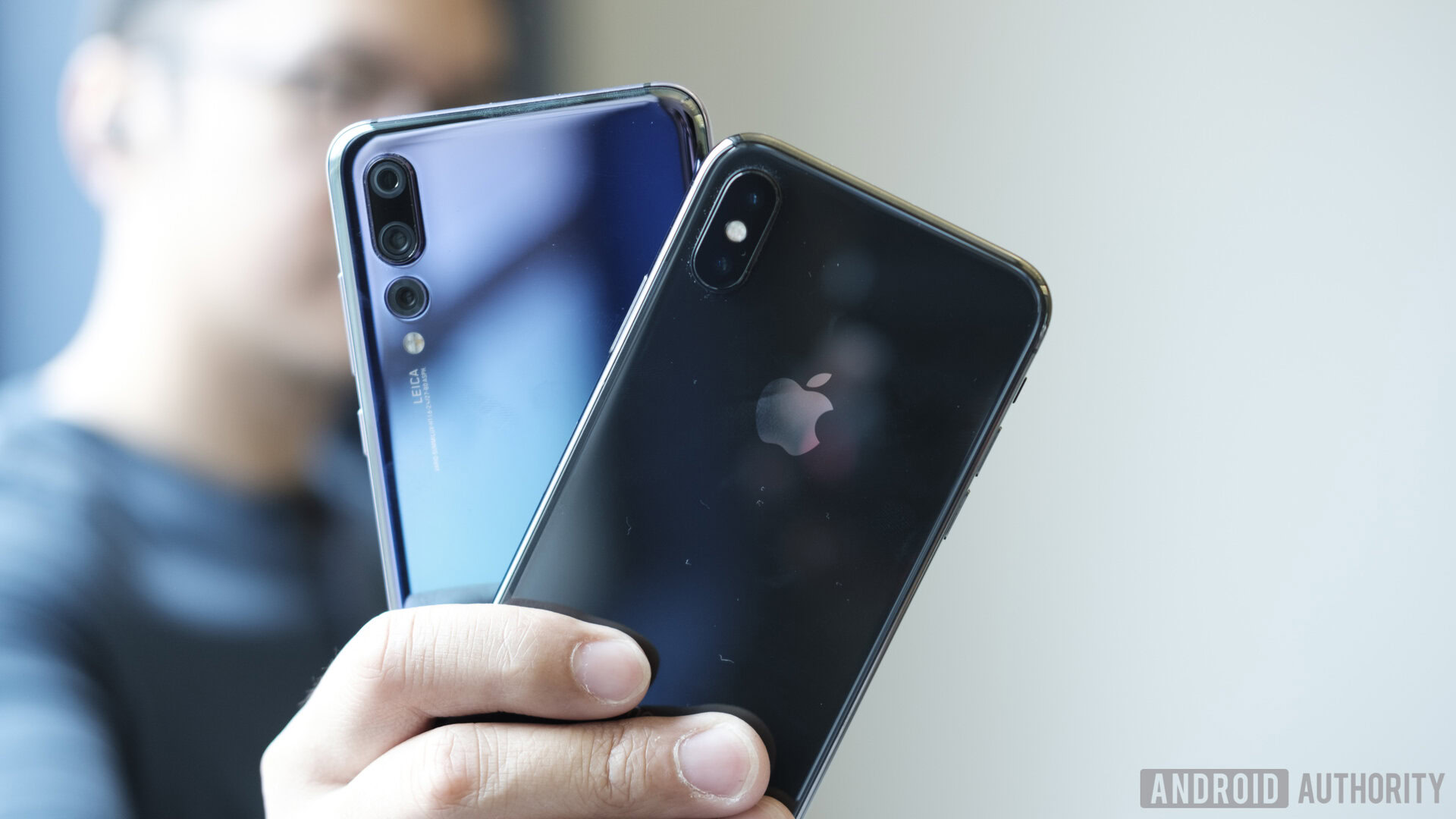
In an interview with Reuters in 2016, Richard Yu, head of Huawei’s mobile division, said the company wanted to be the world’s second-largest smartphone manufacturer within two years.
Huawei’s smartphone market share has increased dramatically since it took its first solid steps in the smartphone world with the Ascend P1 S in 2012. According to estimates, the company now sits in third place in global smartphone shipments, behind Apple and front-runner Samsung (Apple finished stronger in Q4 2017, though Samsung had more shipments for the year).
Huawei’s dreams of the number two spot were in good shape at the end of 2017, when it was on course to finally penetrate the lucrative U.S. market. However, AT&T pulled out of its deal with the Chinese manufacturer days before the move was set to officially be announced. Verizon followed suit, dashing HUAWEI’s chances of Stateside success. HUAWEI was later investigated for breaching U.S.-Iran sanctions, and U.S. lawmakers have since advised Google to reconsider its relationship with the company, doing its reputation no favors. Its potential to storm ahead appears to be dwindling.
Reuters published its interview with Yu on Nov. 3, 2016. HUAWEI is running out of time.
The Chinese manufacturer has a little more than four months to overtake Apple, but it isn’t far behind. Can it outmatch the Cupertino company in smartphone shipments for the first time in its history?
What does being the world’s second-largest smartphone OEM mean?
There are a number of metrics by which a manufacturer could say it is the largest. It might sell most smartphones to consumers, it could own the most active Android phones, or something else. Generally, the smartphone community considers a company the largest manufacturer when it ships the most smartphones over a given period of time.
Smartphone shipments are the phones manufacturers sell to carriers and resellers (not to be confused with smartphone sales, which measures how many phones consumers actually buy, and aren’t as widely tracked by analytics firms). These can be counted over a year, a quarter, a month, or perhaps an even a shorter period, but the smaller the timeframe, the less weight the claim has.
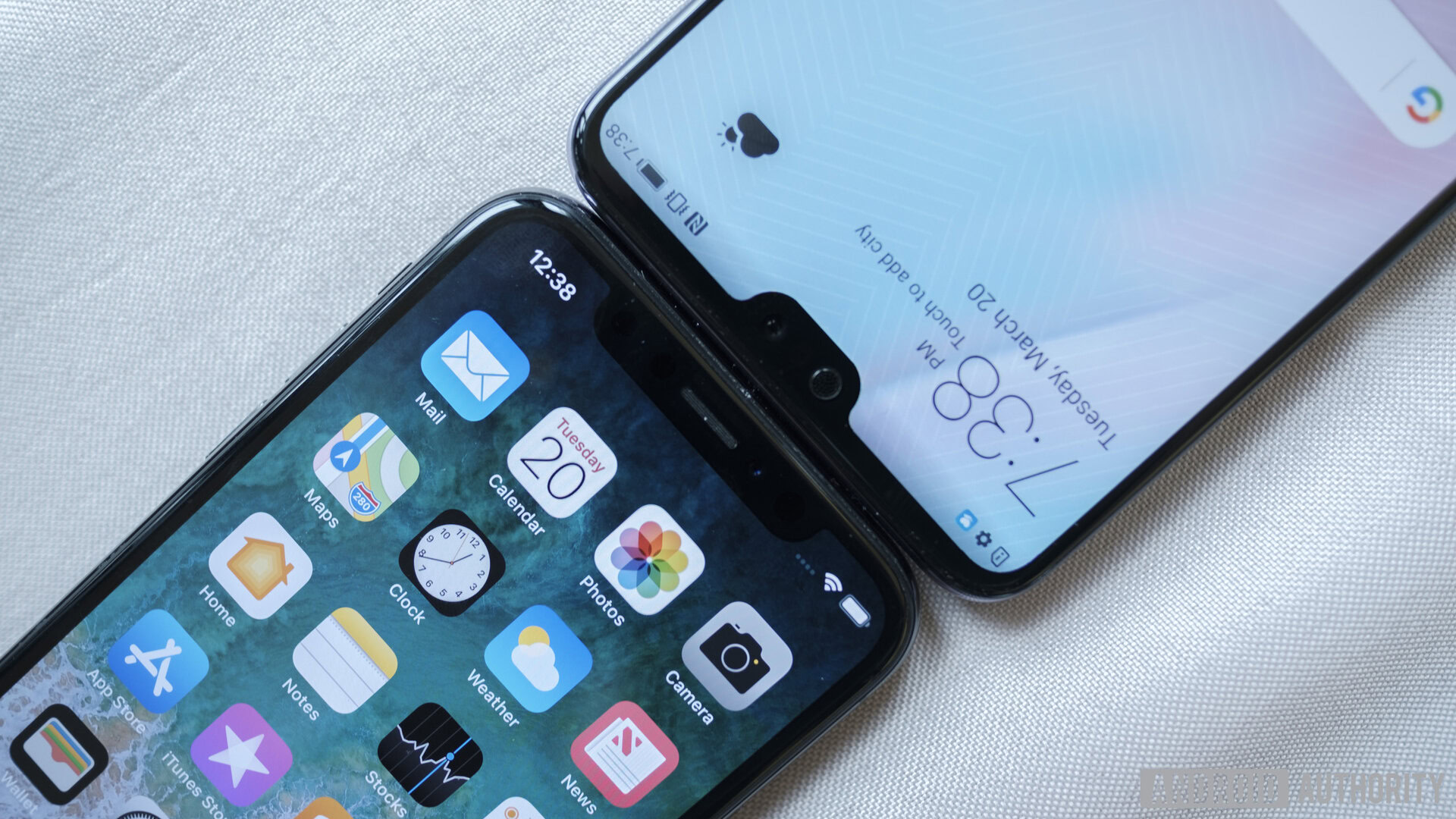
IDC, Counterpoint, and Strategy Analytics are three of the most cited research companies looking at smartphone shipments, and the smallest timeframe they publish figures on is three months — or a quarter. This is what I’m going to look at here.
I’ll focus on IDC’s data because we source it most often, but there’s very little difference between the three firms’ estimates. If you prefer Counterpoint or Strategy Analytics, you can check out their latest data here, and here.
The current situation
Apple took the top smartphone vendor title from Samsung in Q4 2017. Apple typically peaks in Q4 with sales of its latest iPhones, tailing off through Q1, Q2, and Q3, where Samsung retakes the lead.
The Q1 2018 numbers reflected this, as Samsung was once again crowned number one. Apple was in second place and HUAWEI came in third. In Q2, however, HUAWEI is usually at its closest to Apple.
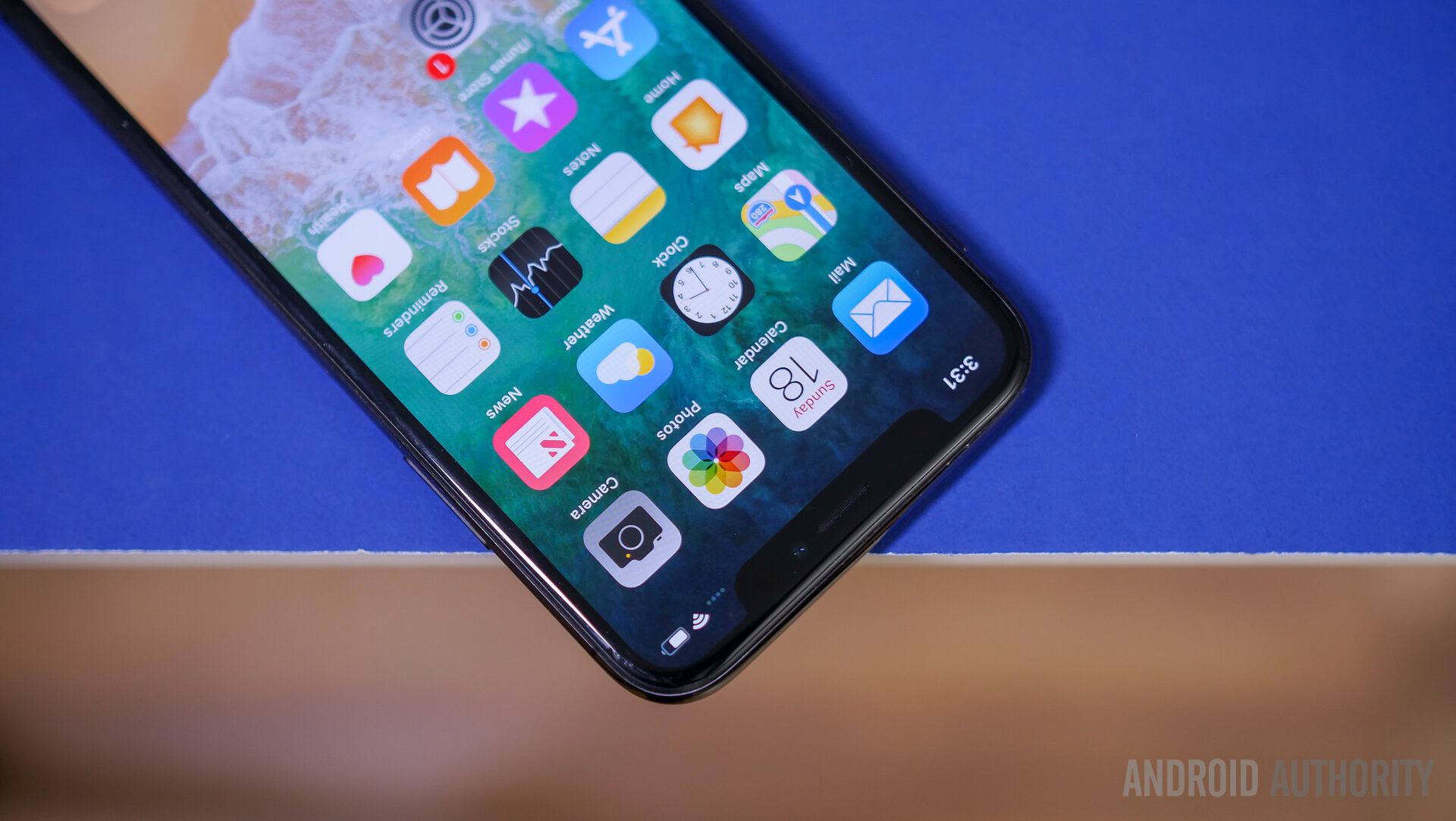
In Q2 2017, HUAWEI had an estimated 11.3 percent market share compared to Apple’s 12 percent, meaning HUAWEI trailed Apple by only 0.7 percent (elsewhere, IDC said this was 11.1 percent versus 11.8 percent, but the difference remains the same). It was the closest HUAWEI had ever been to overtaking Apple.
We’re only days away from the end of Q2 2018 and we’ll see the shipment figures some weeks later, but what should we expect?
The until the end of Q3, 2018
HUAWEI has two quarters left to snag the number two spot before its deadline: Q2 (April-June) and Q3 (July-September) 2018. With iPhones and a new Galaxy Note device expected in Q3 as per usual, HUAWEI likely has only one more chance of pull ahead this year, and that’s in Q2.
HUAWEI had its best Q1 ever against Apple (in terms of smartphone shipments) in 2018. There was a 7 percent difference between their market share (shipments) in 2016, which shrunk to 4.7 percent in 2017, and fell to just 3.8 percent in 2018.
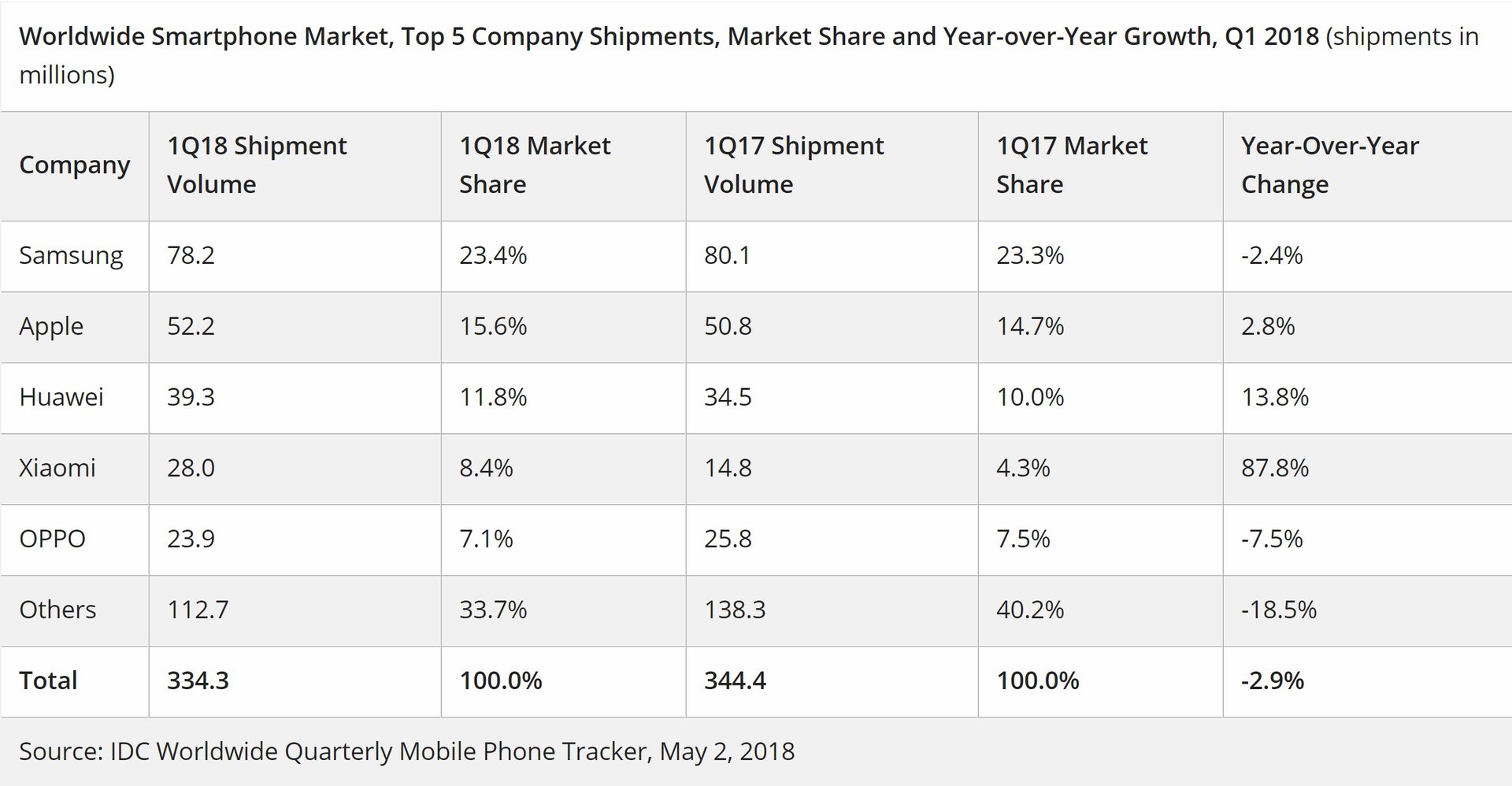
The last two Q2s have followed a similar pattern. HUAWEI went from 5.2 percent behind Apple in global smartphone shipments in Q2 2015, to 2.4 percent behind in Q2 2016, to only 0.7 percent behind in Q2 2017 (as mentioned above).
Q2 is historically the closest gap between Apple and HUAWEI and it's shrinking YoY.
The most recent year-on-year numbers we have for Q1 and Q2 (above and below) show HUAWEI up 13.8 percent from Q1 2017 to Q1 2018, and up 19.6 percent from Q2 2016 to Q2 2017. Apple is growing too, just at a slower rate than HUAWEI: it increased its market share 1.5 percent from Q2 2016 to Q2 2017, and 2.8 percent from Q1 2017 to Q1 2018.
What this suggests is HUAWEI may achieve at least a 13.8 percent increase year on year for Q2 2018, and Apple could hit 2.8 percent at most.
Based on those assumptions, if HUAWEI sees a 13.8 percent year-on-year increase on its Q2, 2017 shipments (38.5 million units), it would stand at 43.8 million units for Q2 2018.
If Apple manages a 2.8 percent increase on its Q2 2017 shipments (41 million units), it would have 42.1 million for Q2 2018.
In other words: HUAWEI would become the world’s second-largest global smartphone manufacturer.
(At least until Q3.)
Wrap-up
It’s difficult to judge how HUAWEI or Apple, or any OEM for that matter, has been performing around the world at any given time, and the small sample of estimates we’ve looked at can only give us an impression.
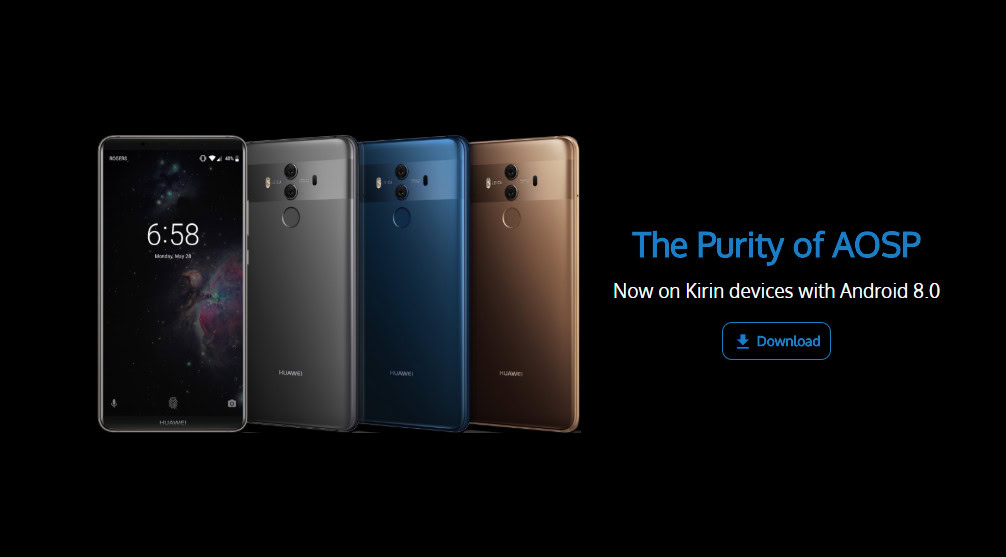
HUAWEI had another big iPhone to contend with this year, the iPhone X, as well as the iPhone 8 and 8 Plus, and its popularity may have taken a hit in the aftermath of the U.S. government’s security concerns (which HUAWEI maintains are baseless). On the other hand, HUAWEI launched the critically acclaimed P20 Pro at the end of March, which, according to reports, has made the P20 series a smash hit.
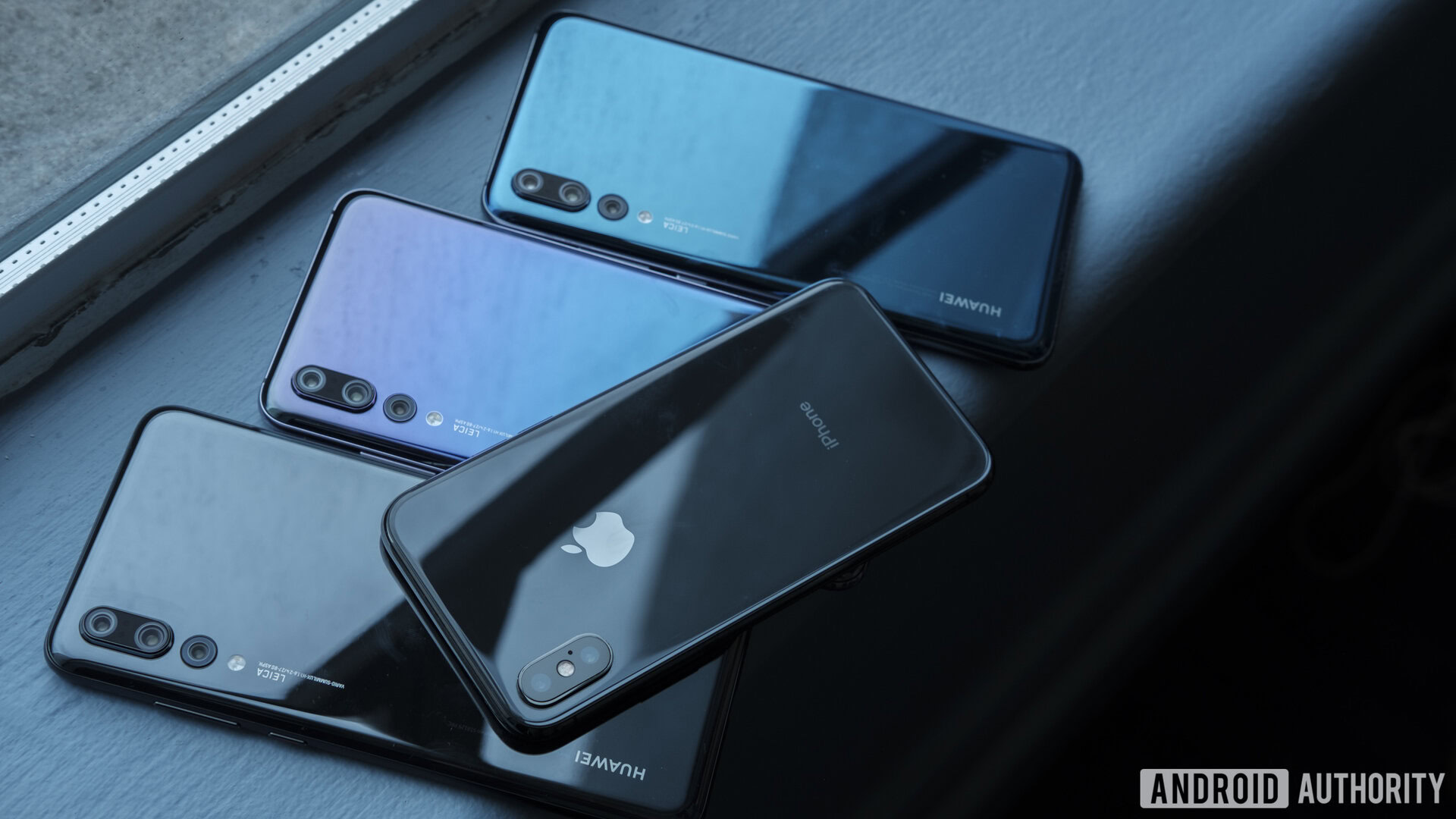
We don’t know if that will be enough, but HUAWEI’s market share has been increasing faster than Apple’s for years. The companies are close, and might be closer than ever when the numbers come in.
What do you think? Is HUAWEI about to become the world’s number two, or will Apple retain the title? Give us your thoughts in the comments below.